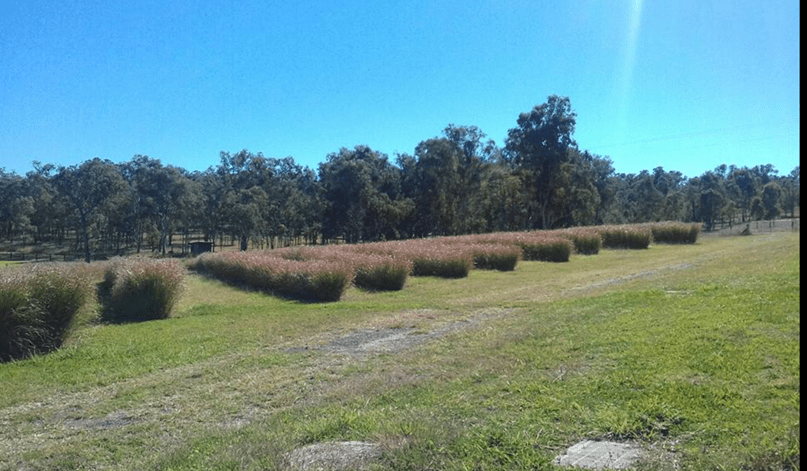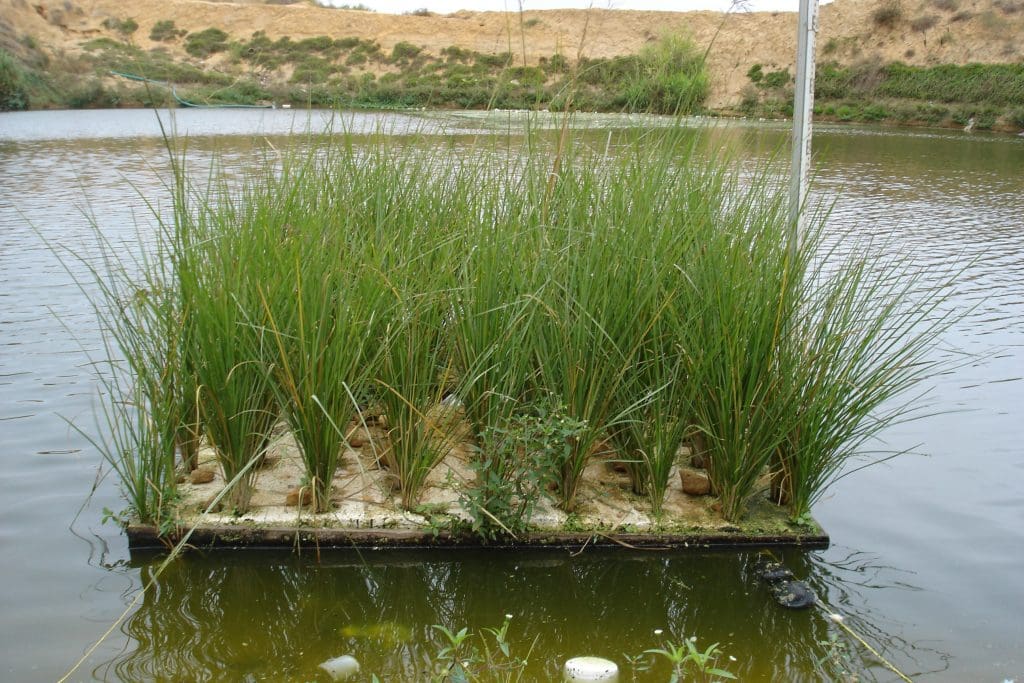Vetiver System for Wastewater Treatment
Introductory Photo Essay VS_Effluent_o.pdf (vetiver.org)
Vetiver grass will perform effectively in improving water quality under basically three different types of application: (1) as a planted wetland that is effluent irrigated, removing water through phyto-evaporation, retaining heavy metals mainly in the roots, and converting N and P into biomass at levels exceeding 100tons dry matter/ha/annum. This system in most instances requires a large area of land. (2) as a constructed wetland contained in a small area often treating under continuous “flooding” effluent from for example domestic or community septic systems (3) as a group of plants on floating platforms (pontoons) that are set on water bodies such as leachate/effluent lagoons, ponds, and even some slow-moving drain water. These three types of applications can be modified in various ways and can be applied to address contaminated water problems in industry, agriculture and domestic/community situations.
COMPUTER MODEL FOR TREATMENT OF SMALL VOLUME WASTEWATER This model by Paul and Nicholas Truong shows howand the number of plants that are needed for small scale effluent treatment applications. Computer modelling is now commonly used to determine the land area needed for successful application of the Vetiver System (VS) in large scale wastewater treatment. Major input parameters needed for the modelling process include long term (50-100 year) and accurate climate data, soil type and depth, ground water level and accurate quantity and quality of the wastewater input. Obviously for low volume treatment, these parameters are not easily available. In the past, low volume wastewater treatment projects using VS is based on trial-and-error methods and experience. To overcome this, a scientifically based model was needed. The Truong model provides a more accurate method in determining the land area needed for this low volume application based on more recent knowledge and experience with VS.


